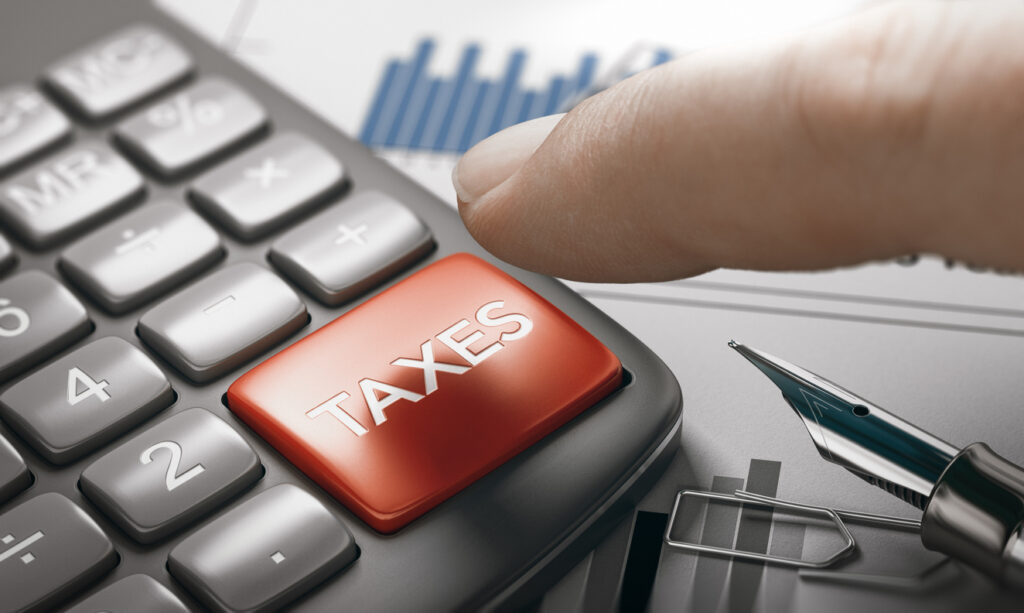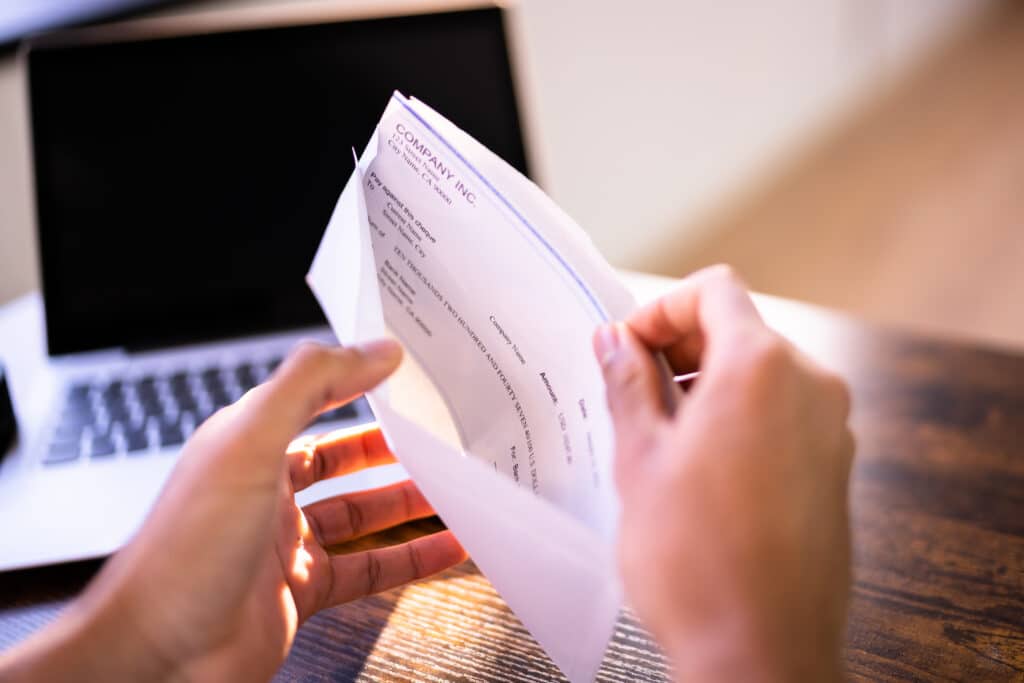Side hustles are a popular way to earn extra income, and more Americans are taking advantage of them than ever. But do you have to pay taxes on this side gig income? Yes, in many cases you do. Here’s what you need to know.
Types of side hustles
There are all sorts of different side gigs out there. Some of the more common ones are
- Ridesharing: Uber, Lyft, etc.
- Delivery or fulfillment services: Doordash, TaskRabbit
- Online shops: Etsy, Shopify, Amazon, Facebook Marketplace
- Online services: ghostwriting, social media management
- Income from social media: influencing, affiliate marketing, content creation
Not all side jobs are tech or app based like most of these. Some non-tech income sources might include:
- Babysitting or childcare
- Selling plasma
- Cottage food sales, like making bread for a local farmer’s market
- Gambling winnings
Technically, the IRS wants to know about all the money you’ve earned from all sources. If you’ve been robbing banks or dealing drugs on the side, the IRS wants you to report this income too. But please – let’s keep it legal!
Taxes and side gigs
No matter what your side gig is, you still need to report your earnings to the IRS. Just because it’s not your day job doesn’t mean it isn’t included in your earnings for the year. If it’s income, it’s taxable. If you were paid through a third-party payment processor like Venmo or Cash App, those companies send a record to the IRS of your payments, so the IRS will know if you don’t report these earnings on your tax return for the year.
If you have a side income and you think you’ll owe at least $1,000 in taxes from it, you should make estimated tax payments on that income. This keeps you current on your tax bill throughout the year and will help you avoid a big tax bill or penalties at tax time.
What Tax Forms Will I Get?
For most side incomes, you’ll receive a Form 1099. The 1099 comes in many different varieties, so you may see different letters after the 1099 depending on the sort of income you received.
For gig income, you may see the following forms:
- 1099-MISC: covers miscellaneous income from any source. For example, if you received income from walking your neighbor’s dog on Saturday afternoons all year, your neighbor won’t give you a 1099. However, you can report this income to your tax preparer and they will generate a 1099-MISC for you.
- 1099-NEC: NEC stands for non-employee compensation. If you worked as an independent contractor for any number of companies, such as Doordash, Upwork, or Uber, and earned over $600 for the year, you will receive this form.
- 1099-K: This is the 1099 you would receive from a payment processor such as Paypal or Venmo. For instance, if you had your own business doing website design, made over $20,000, and received your customers’ payments through Venmo, you would receive a 1099 from Venmo reporting your business transactions for the year.
Note: The IRS decided in late December 2022 that they would postpone the rule that would have required payment processors such as Venmo and Paypal to report transactions over $600 in the year. The old benchmark, which is $20,000 in total income and over 200 transactions, is still valid for at least one more year.
Do I Have to Report Side Income?
Short answer? Yes, you do. The IRS wants you to report all income from all sources.
If you earned less than $600 in your side income for the year, you will not be issued a 1099 for it, but you still have to report it to the IRS.
Technically, if you were only paid in cash and hid the money under your mattress, the IRS might not find out that you under-reported your income for the year. However, you would be missing out on a valuable opportunity to report your full income. Tax returns can be valuable proof of income for mortgages, loans, or state benefits.
How Do I Report Side Income?
When you are preparing your tax return, you will be able to calculate your total self-employment income on Schedule C of Form 1040. This will let you add up your self-employment income and subtract any expenses attached to that income.
If you had more than one business, you will need a separate Schedule C for each business. This doesn’t necessarily mean separate Schedule Cs for each 1099. You may receive more than one 1099 for the same business. For instance, if you had a graphic design business, you might receive a 1099 from several different clients you created designs for, but they would all be for one business. However, if you had a graphic design business and a separate bookkeeping business, you would need separate Schedule C’s to report the income and expenses from each business separately.
What expenses can I deduct from side income?
You can deduct any expenses that are ordinary and necessary to your side hustle income. Ordinary expenses are expenses standard in your industry. Necessary expenses are things that you need to make your job easier. For example, if you have a graphic design business then a Photoshop subscription would be both ordinary and necessary. So would a new iPad if you use it exclusively for your work. However, if your side hustle is walking dogs, then the iPad would not be deductible, because it’s not ordinary or necessary for that type of work.
You can list your expenses against your income on Schedule C.










